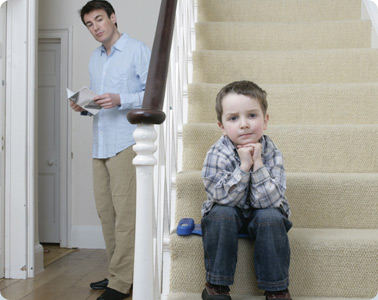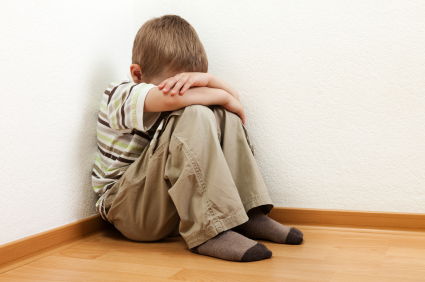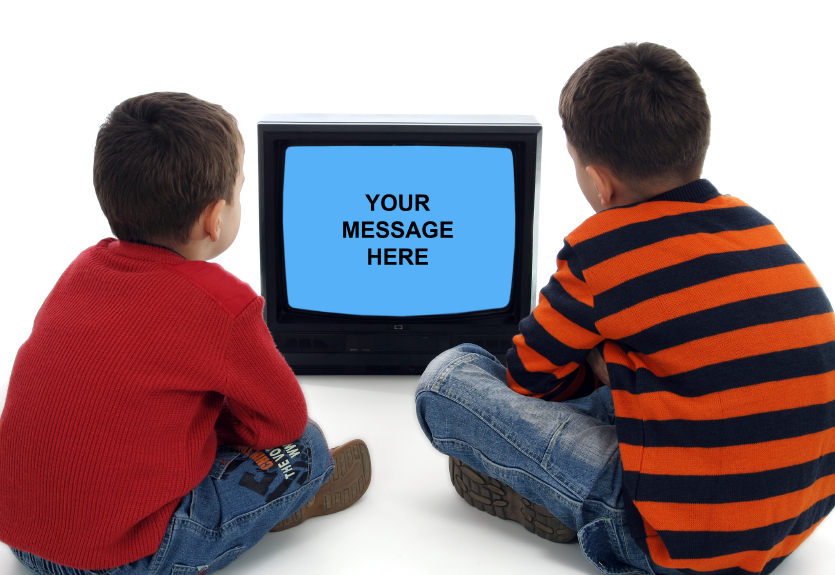
I think that parents and pediatricians always want to avoid intervention if possible – such as avoiding antibiotics for that very mild ear infection. But we also want to avoid skipping treatment for kids who could really benefit. ADHD is one of those disorders that we have real potential for harm if identified but NOT treated.
Treatment for ADHD is, in the perfect world, multifactorial and strives to compensate for areas of deficit. We like to see a combination of medical and behavioral interventions, structured classroom management, clear communication between the triad of teacher – student – parent. And unfortunately, the way we educate our children en masse in the US is not always the ideal way a child with ADHD learns, but most families need to try to work within the public school system to make the most of a good, if not perfect, setting.
We feel frustrated as pediatricians when we have identify a student that could be tremendously helped with a medication trial, but parents vehemently opposed to any medical management. And while we want to be cautious with use of medication in any setting, ADHD is not only the most common neurobehavioral disorder of children, it is eminently treatable and be a life-changer for a struggling kid. It’s not a disease that needs a cure, but rather a group of symptoms that makes life much more difficult – and one that has effective, safe treatment options. In AAP News this month, some startling statistics were published, which might make you rethink about the negative impacts of NOT treating a child with ADHD.
Kids with untreated ADHD (compared to kids without ADHD) are:
- Twice as likely to smoke & three times as likely to become addicted to cigarettes
- Twice as likely to abuse alcohol
- 1 ½ times as likely to have abused marijuana
- Twice as likely to be addicted to cocaine
- 2 ½ times as likely to have any substance abuse disorder
Those who are treated clearly have improved outcomes:
- 85% decrease in substance abuse disorders than untreated
- Improved self-esteem and higher academic goals than those how are untreated.
Another interesting factor is the younger that symptoms are treated, the less risk of substance is noted; this means that waiting for things to get “really bad” may be too late to mitigate this risk.
One thing that makes this research hard to digest is that parents of children struggling with ADHD at age 6 years or so are very rarely thinking about their child being at risk for substance abuse. But the research keeps getting stronger and stronger. We pediatricians, as well as parents, are trying to the right thing for the right kid at the right time. This research confirms, however, that we need to take the long-view when we see a kid struggling to succeed academically or behaviorally. It’s not just about making them feel successful in 2nd grade, but rather making them feel successful going forward – and capitalize on those feelings of success to turn into higher goals, higher expectations, and a better self-image that doesn’t rely on substances to relieve deep-seated feelings of inadequacy or frustration.





About The Author: Kjolet
More posts by kjolet